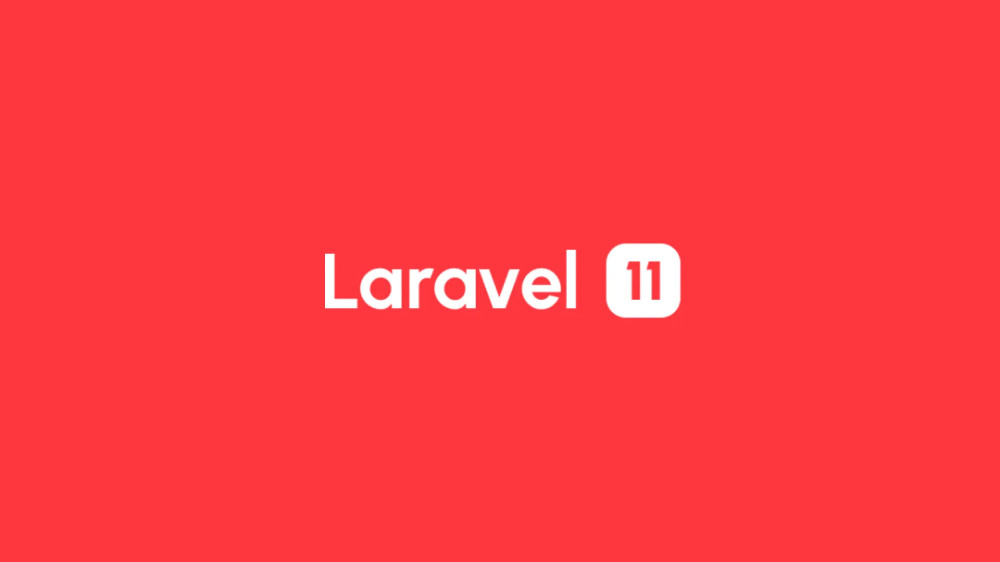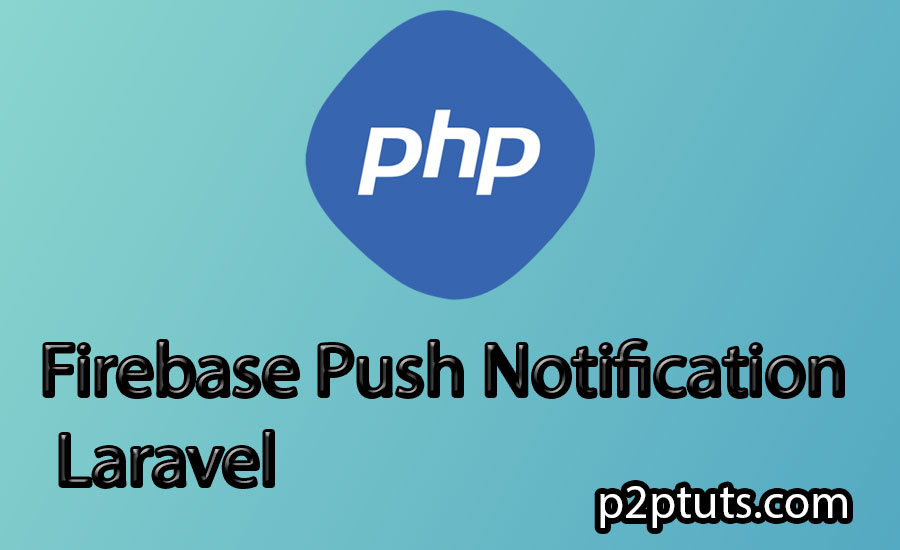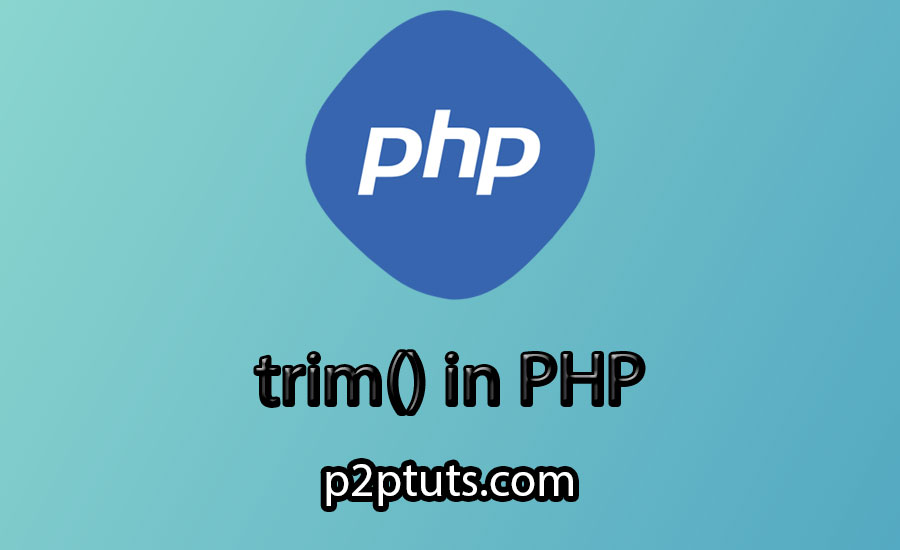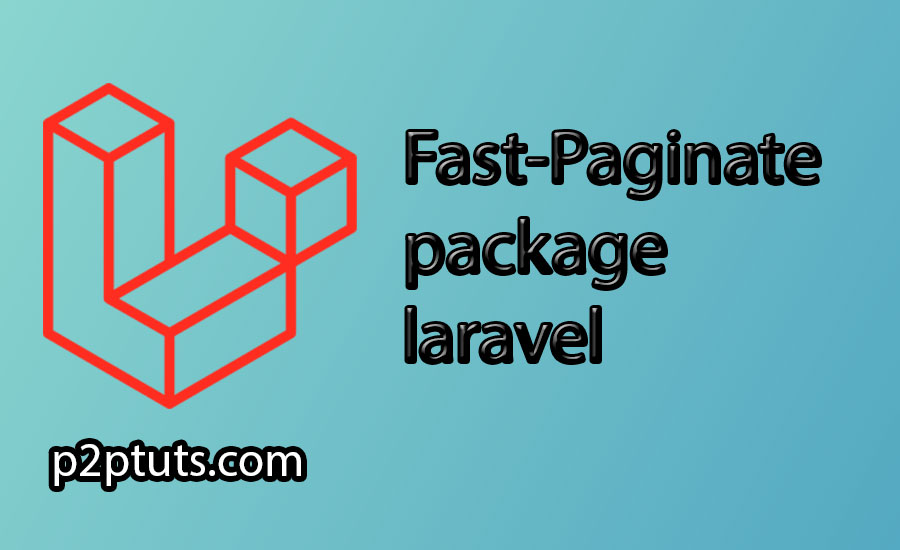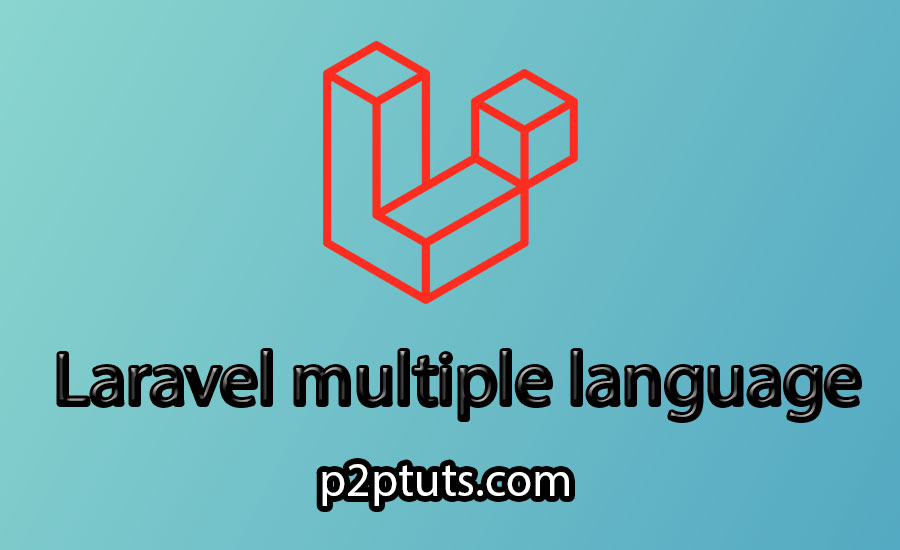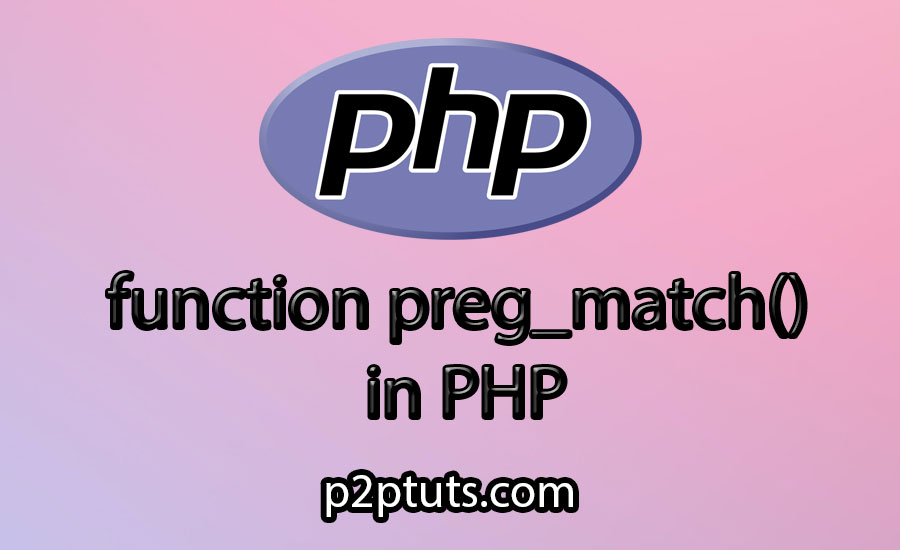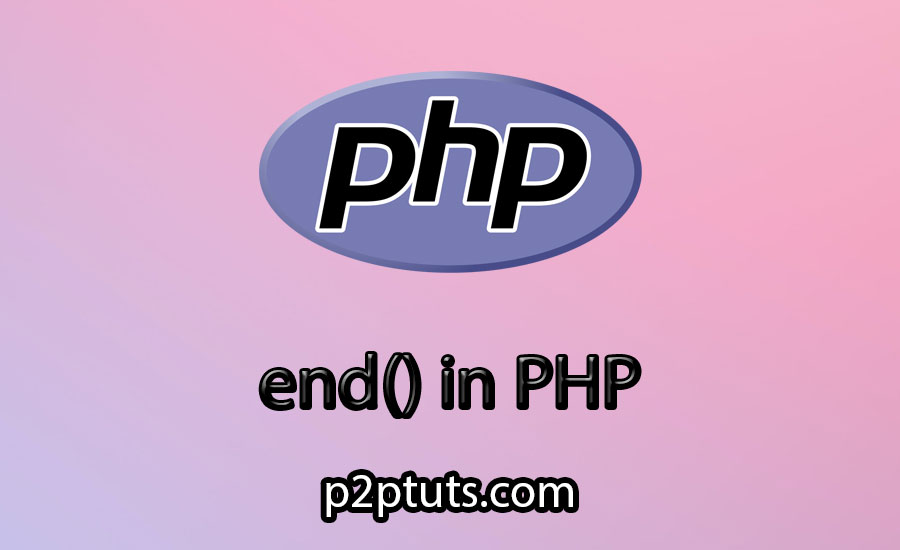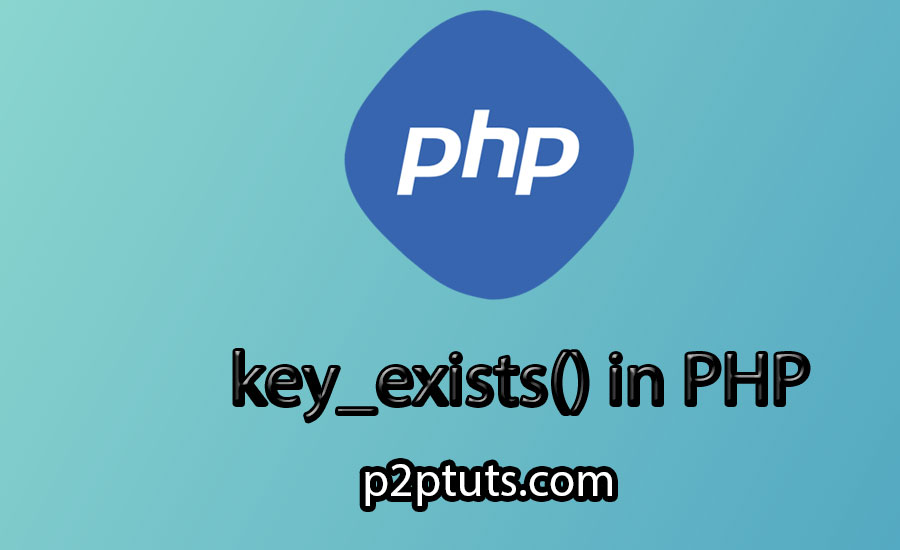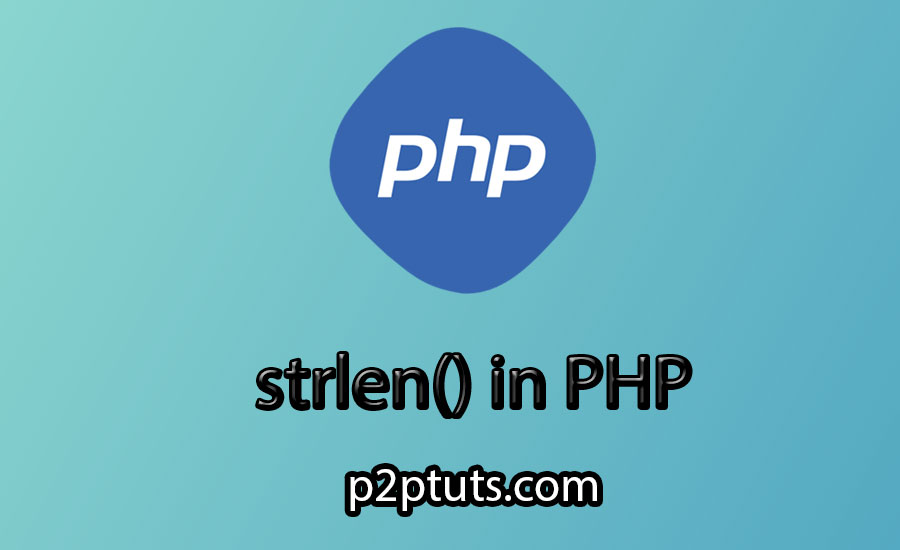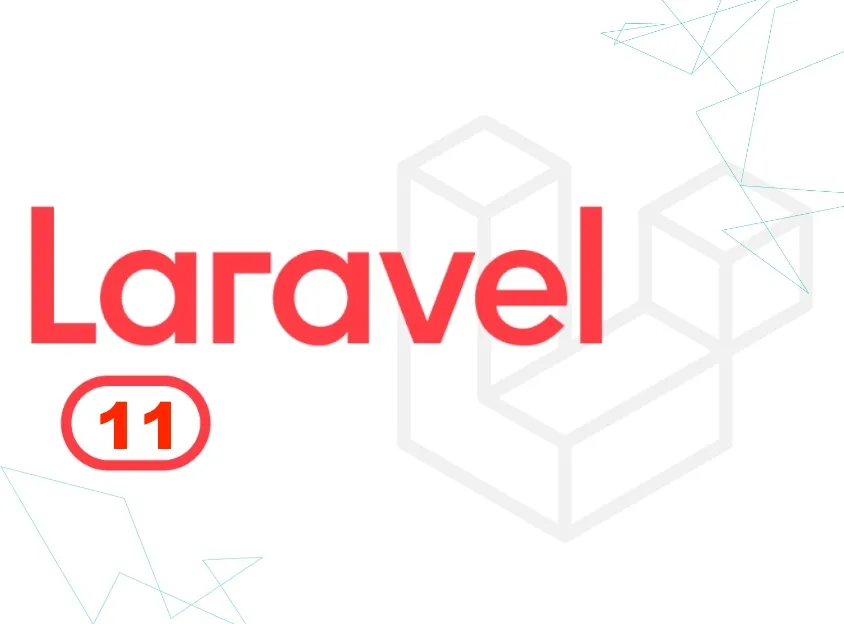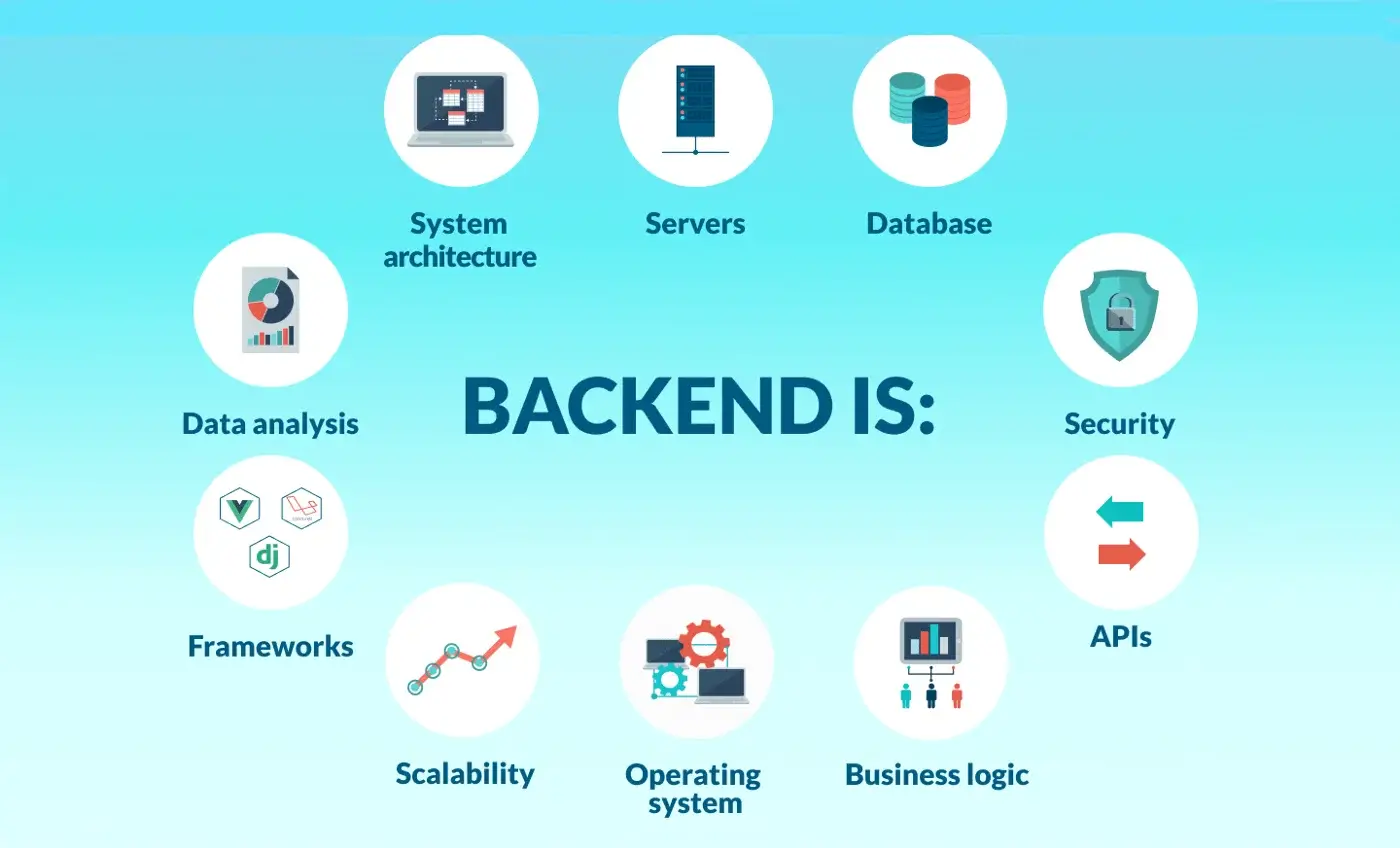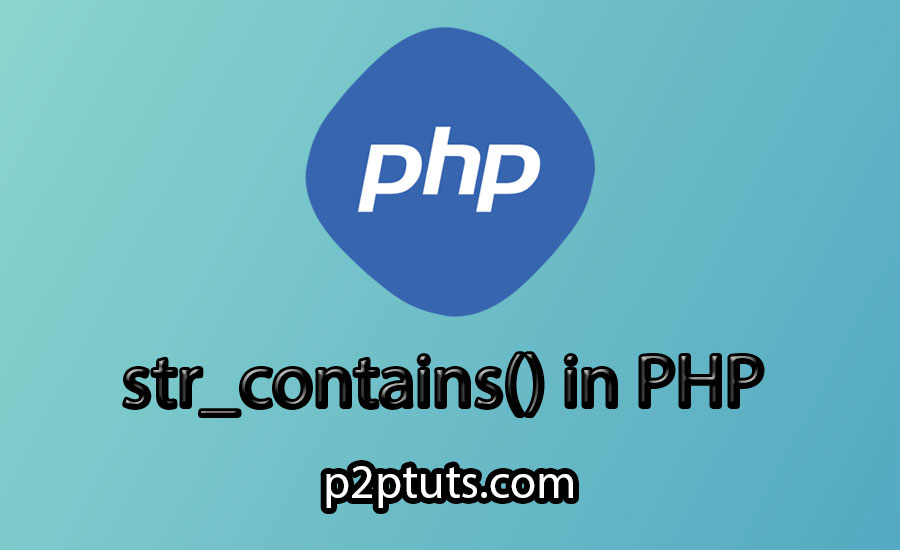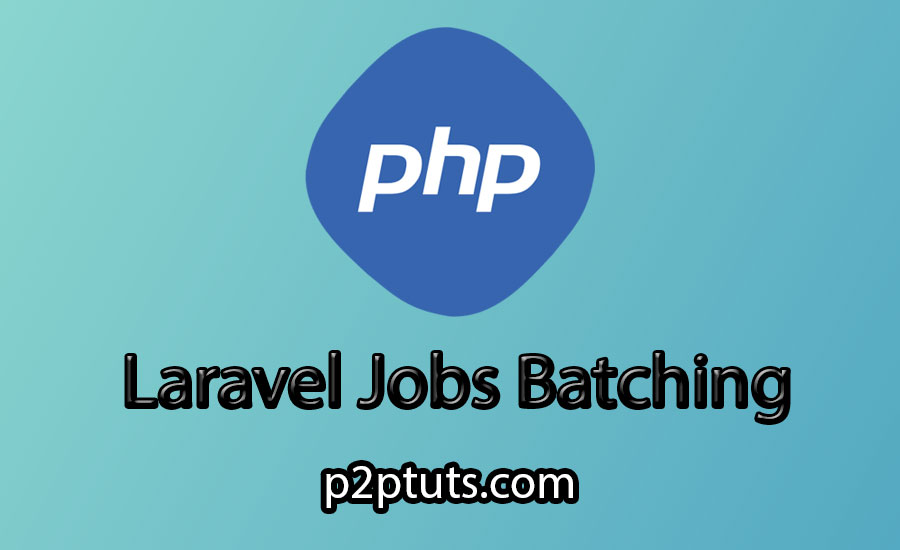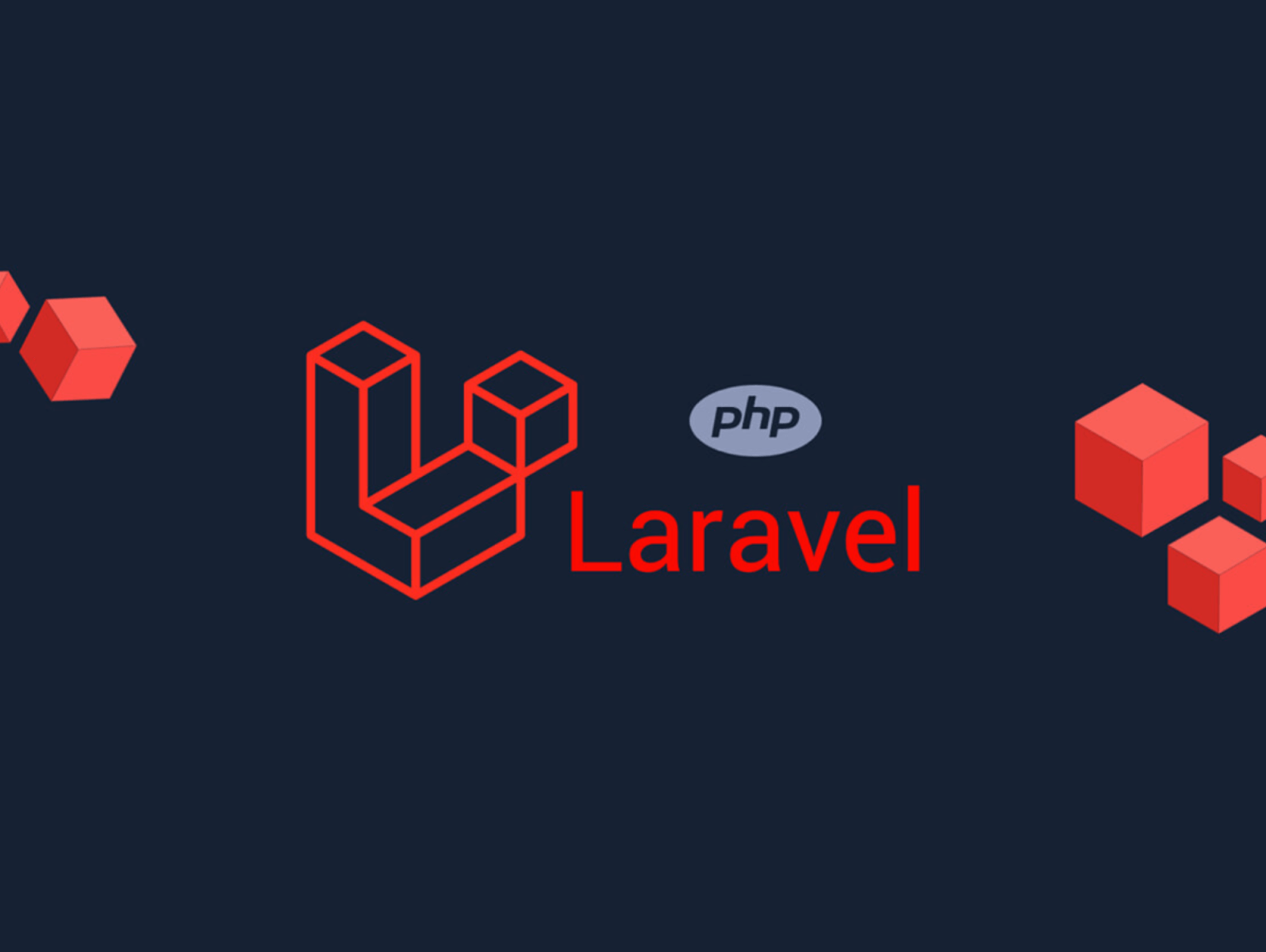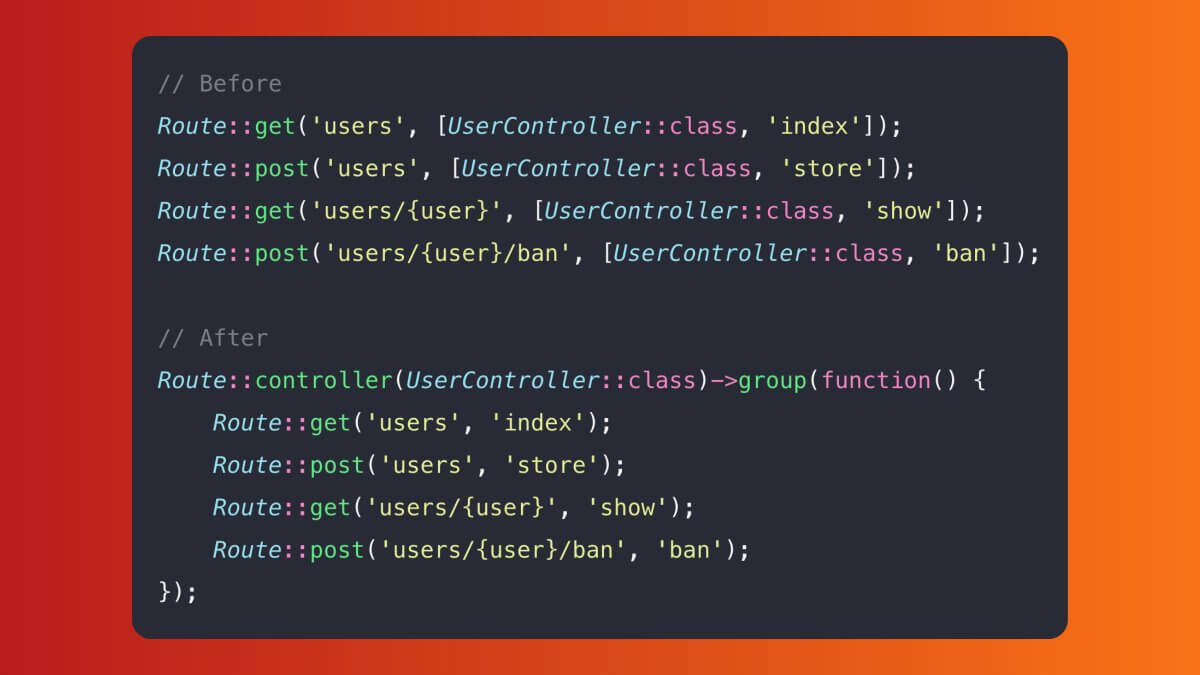Laravel
Laravel is a popular and powerful PHP framework widely used to develop modern dynamic web applications. It offers many useful features such as Routing, Middleware, Blade Templating Engine, Eloquent ORM, and more. While Laravel has some drawbacks, such as relatively slow development time, the benefits it brings to developers, such as increased productivity, time savings, and easy maintenance, make it worthwhile. If you're looking to develop a dynamic web application, Laravel is an excellent choice to start with."
Laravel Tutorial for Beginners: Step-by-Step Guide
Learn Laravel from scratch with our comprehensive step-by-step tutorial. Get started with the basics...
Laravel Cache Routes with Cloudflare
The Cloudflare Cache package for Laravel is a powerful tool that helps you efficiently serve million...
The most common interview questions for Laravel in the year.
Compilation of the most common Laravel interview questions for web developers. It covers from basic...
Laravel 9 rest api with passport authentication tutorial
Laravel rest api with passport authentication tutorial Laravel, a popular framework today, is primar...
Auth driver jwt for guard api is not defined laravel
As you embark on your exploration of Laravel, you might encounter various challenges along the way....
10 Laravel Tricks You Shouldn't Miss
Laravel is one of the most popular PHP frameworks for building web applications. It's known for its...
Laravel 11 - Big Changes And New Features
Laravel 11 was released on March 12, 2024 and comes packed with many exciting new features. Let's ex...
Firebase Push Notification Laravel 9
Firebase Push Notification Laravel 9 are two powerful technologies that are widely used in web and m...
Instructions for using the trim() function in PHP
The trim() function in PHP is used to remove spaces at the beginning and end of a string.
Introduction to Fast-Paginate Package for Laravel
Fast-Paginate revolutionizes pagination in your Laravel applications, providing unparalleled speed a...
Laravel Multi Language: How to Translate Your Application Effectively
Build a multilingual website using Laravel. This guide provides a comprehensive overview of the step...
Preg_match function in PHP: detailed instructions for use
Detailed instructions for using the preg_match function in PHP. Includes syntax, parameters, return...
Function end() in PHP
In PHP programming, the end() function serves as a crucial tool for flexible array manipulation, esp...
Function key_exists() in php
In the realm of web development using the PHP programming language, managing data within arrays is c...
PHP strlen() - Check string length in PHP
Learn how to check string length in PHP with the strlen() function in this detailed tutorial, includ...
Null Coalescing Operator in PHP: Simplifying Null Value Handling
In the realm of PHP programming, the Null Coalescing operator (??) serves as a powerful tool to addr...
Laravel 11: Towards the Future of Web Development
Embark on a journey to explore the new features and ways to enhance the performance of web applicati...
Backend Engineering: The Cornerstone of Contemporary Software Development
Backend engineering stands as the bedrock of modern software applications, exerting a profound influ...
str_contains() Function in PHP - Checking Substrings
Learn How to Use the str_contains() Function in PHP to Check if a String Contains Another Substring.
Laravel Jobs Batching
Laravel 8 has unveiled a much-anticipated feature known as Jobs Batching, enabling the simultaneous...
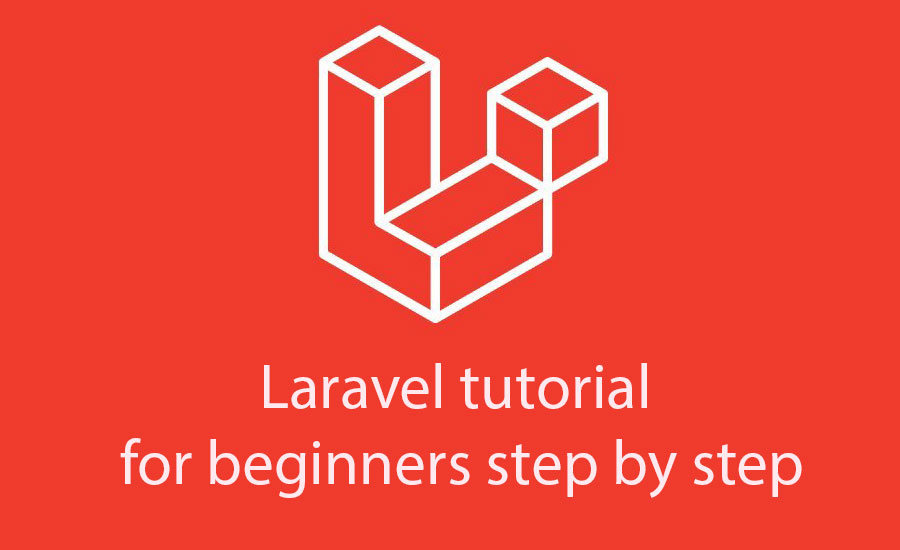
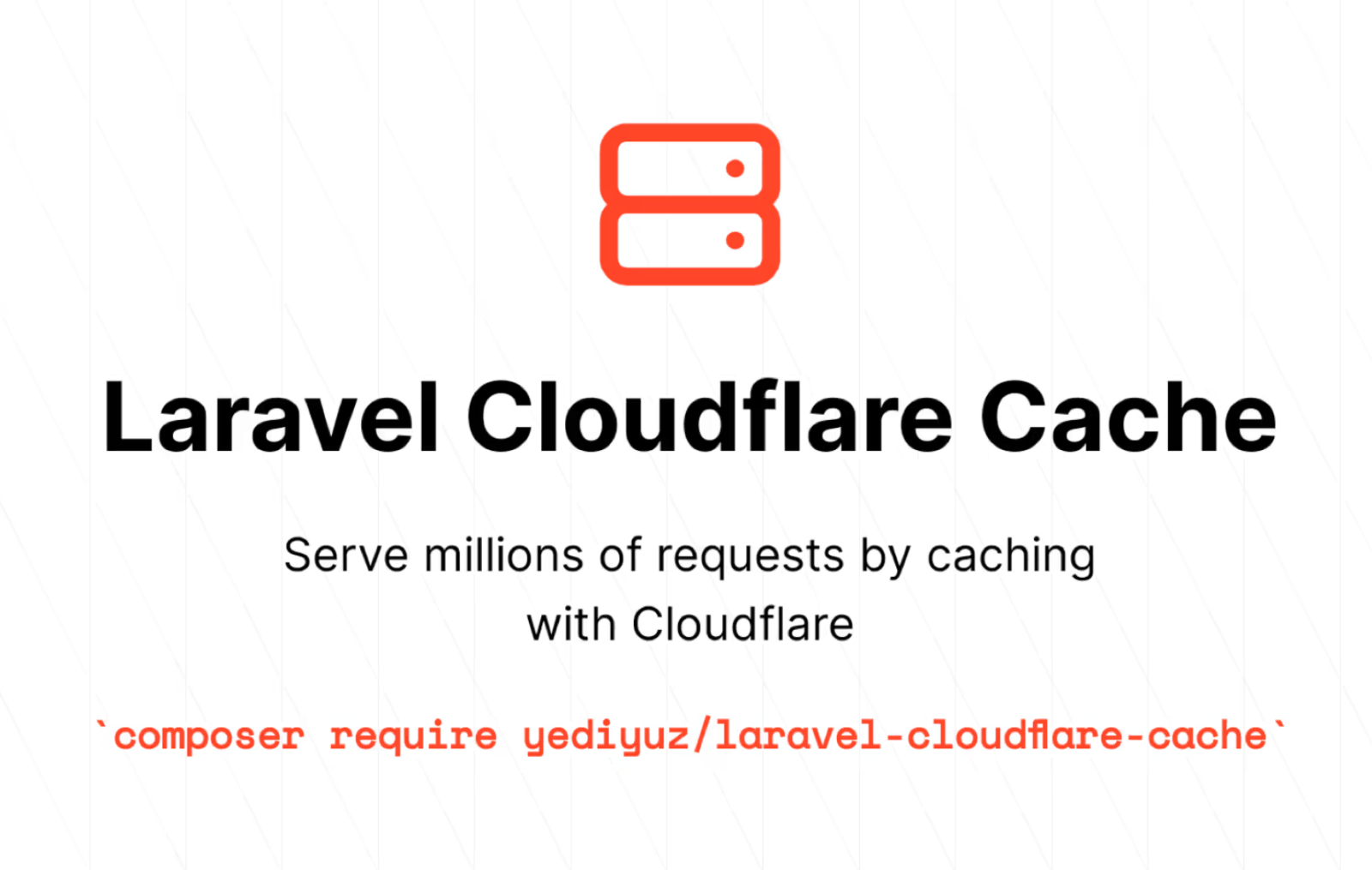
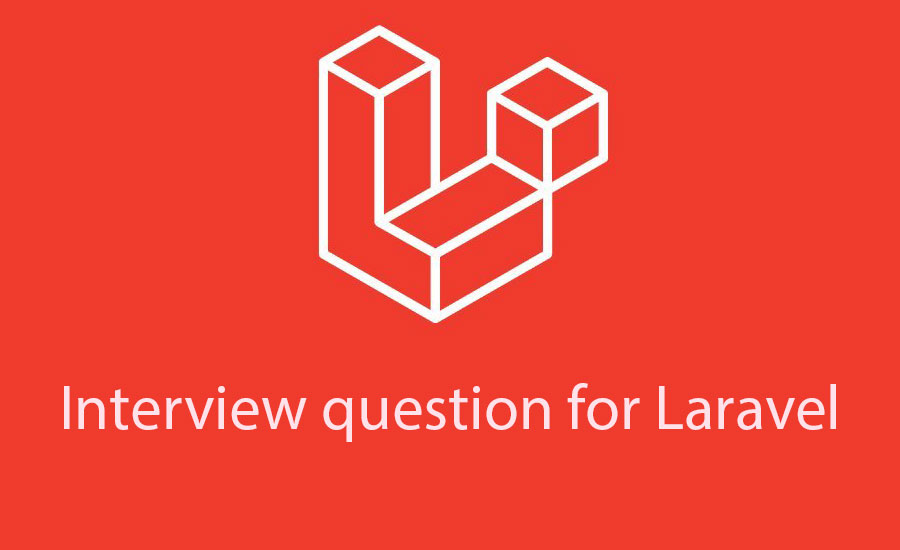
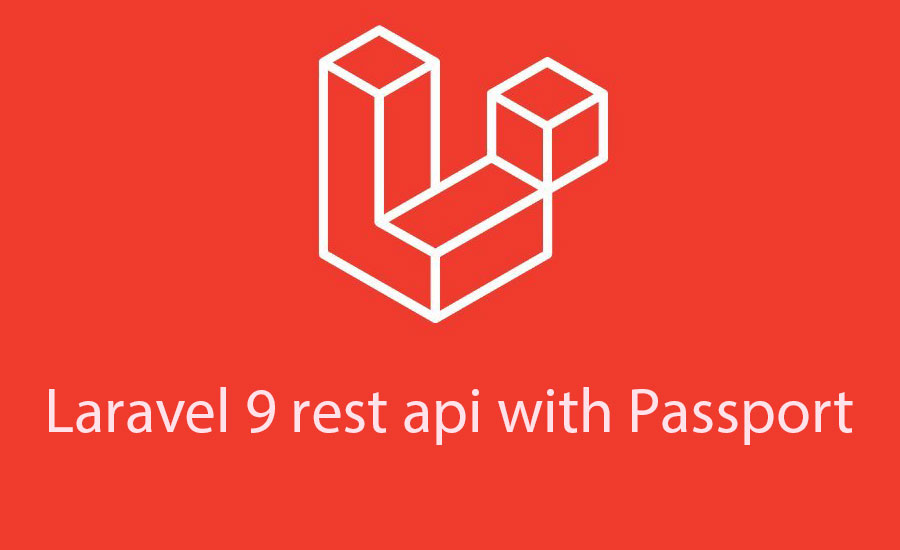

.jpg)
